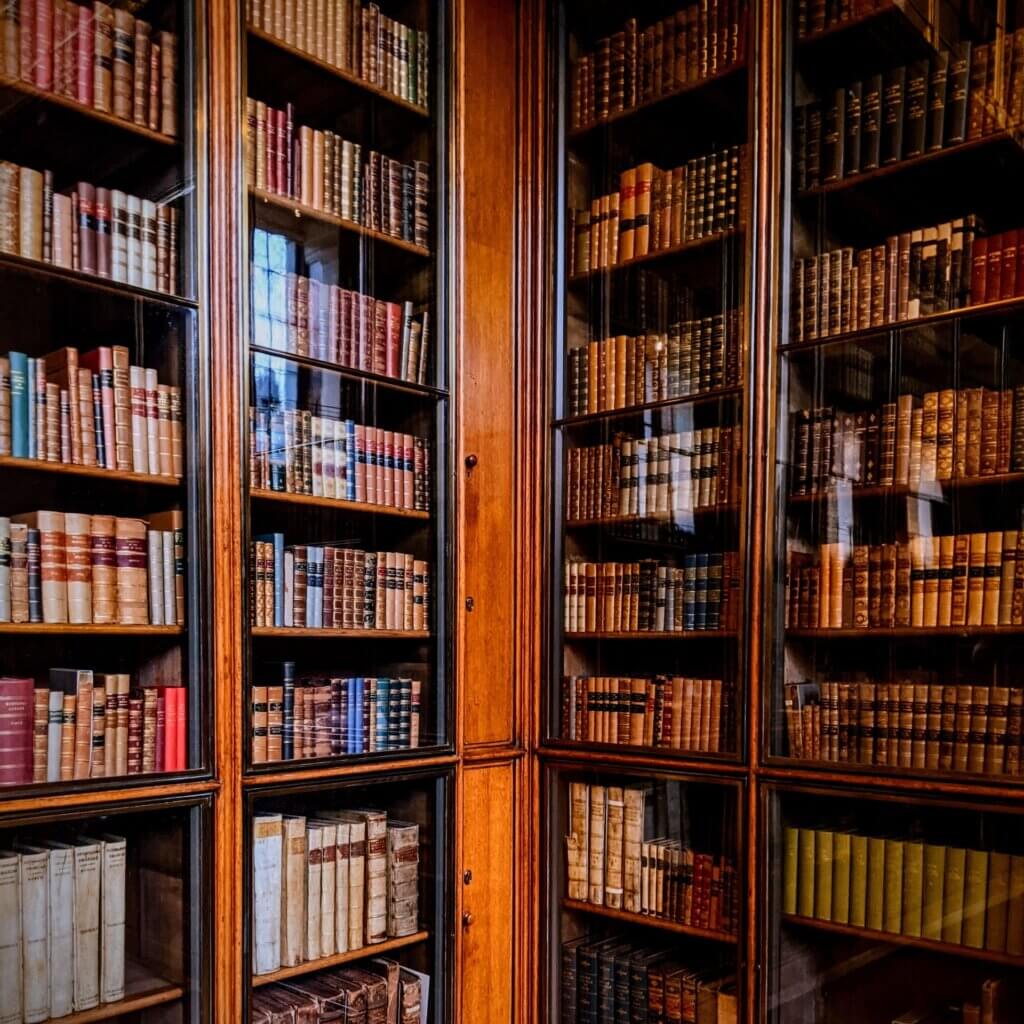Just like our skin suffers damage from the sun’s UV rays, documents and artwork face a similar fate without some sort of protection from UV lighting. Here we discuss how UV light chemically affects documents and artwork. And just like we can slather on sunblock to prevent sunburn and UV ray damage, there are solutions for protecting for these paper-based valuables, too. We’ll discuss some of them, but specifically, the importance of UV resistance in acrylic sheeting to safeguard you documents and artwork.

What is UV light?
Ultraviolet (UV) light is a type of electromagnetic radiation. Electromagnetic radiation is transmitted in waves or particles at different wavelengths and frequencies. UV light has shorter wavelengths than visible light and falls on the electromagnetic spectrum between visible light and x-rays. Most of our exposure to UV light comes from the sun, but there are artificial sources as well, including halogen lights, tungsten-based lamps, fluorescent and incandescent lighting, and some lasers.
Dangers of UV Light on Documents and Artwork
UV light’s shorter wavelengths vibrate more quickly (or get “excited”) and begin to expand, split, then re-bond, causing damage to paper fibers. Deterioration includes fading, discoloration, and oxidation. UV damage to documents and artwork is irreversible. Here’s more on how it can cause damage:
Fading and distortion of colors.
UV light breaks the chemical bonds of color molecules in artwork and photography. As the molecules break apart, the image begins to fade.
Weakening of organic materials (paper).
When exposed to UV light for extended periods of time, paper and other organic materials will weaken, bleach, or yellow.
Photo-oxidation.
UV light also causes photo-oxidation. This results in prints turning yellow and/or paper becoming brittle over time.
Foxing.
While foxing—the reddish, brown spots caused by iron in the paper—occurs naturally with aging, exposure to direct light, and specifically UV light, can accelerate the process.
Implications of Document and Artwork Damage
Here are three ways UV light can harm documents and artwork.
Reduces value.
As mentioned above, UV light damage is irreversible. If you have artwork or a document that is rare, historical, and/or has monetary significance you want to take proper precautions to protect your investment.
Affects artistic aesthetic.
Over time, UV light can fade the image, whether it’s a watercolor painting or a photograph. But that’s not all. It can cause brown spots, yellowing, and damage the physical and chemical structure of many materials, including paper, photographs, cloth, leather as well materials used to create the art, such as inks and dyes.
Diminishes access to information on the documents.
Discoloration on historical documents will make it harder to read or fully appreciate intricate artwork.
Solutions for Protecting Documents and Artwork from UV Light
While UV light damage is irreversible, it is preventable. Here are a few ways to minimize deterioration.
- Since sunlight is a major source of UV light radiation, cover windows with shades, a UV blocking film, or use UV Acrylic Sheets to help filter the damaging UV rays from sunlight and fluorescent lighting (which also emits UV rays). They can be used in a variety of ways on exterior windows, such as installing in place of window glass, mounted as a secondary glazing on existing windows, or mounted on the inside of a window using hooks, magnets, or a separate frame.
- Acme Acrylic UV Filtering sheets provide the perfect protection to your valuable documents and art. Clear acrylic sheets are not naturally UV resistant, but they can be manufactured to be OP3 UV resistant and P99 glare resistant. Our frame grade acrylic is manufactured to be 98% UV resistant. If acrylic is not OP3 a special coating can be applied after manufacturing to boost its UV resistance.
- The most obvious way to prevent UV light damage, but not always the most doable, is to display any materials particularly prone to damage away from sunlight and fluorescent lighting which also emits UV rays. Since that’s not always feasible, you can use UV filtering films that fit on windows, glass cabinets, exhibit cases, etc. or use acrylic sheets that are manufactured to filter UV light. Also, be sure to shut off the lights in the room when not occupied.
- Be aware of the quality of the documents you are displaying—and take proper precautions. Lighter, low-quality paper such as newsprint will be more vulnerable to UV light damage than heavier papers. Framing or displaying such items behind the protection of acrylic will limit UV light damage.
Final thoughts
Hopefully, these ideas inspire you to protect any valuable documents and artwork you wish to display. Our knowledgeable customer service representatives can help you with any questions you may have about custom-cut acrylic for your project.

